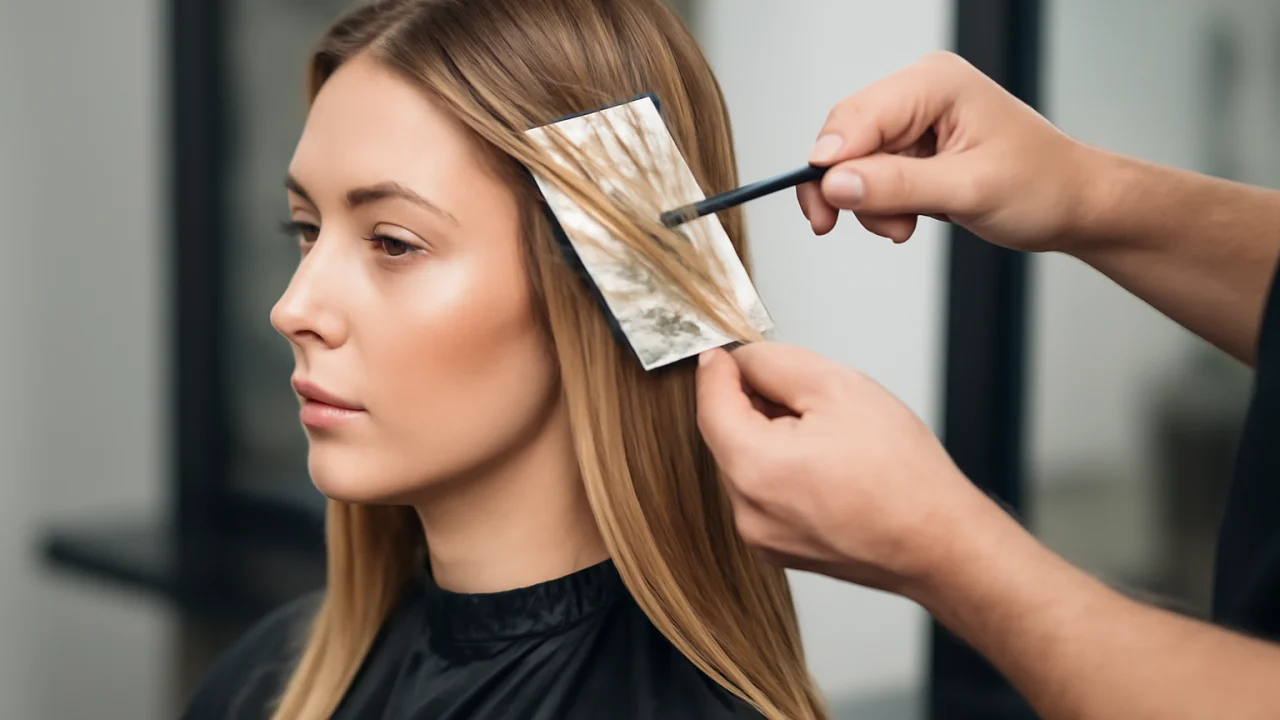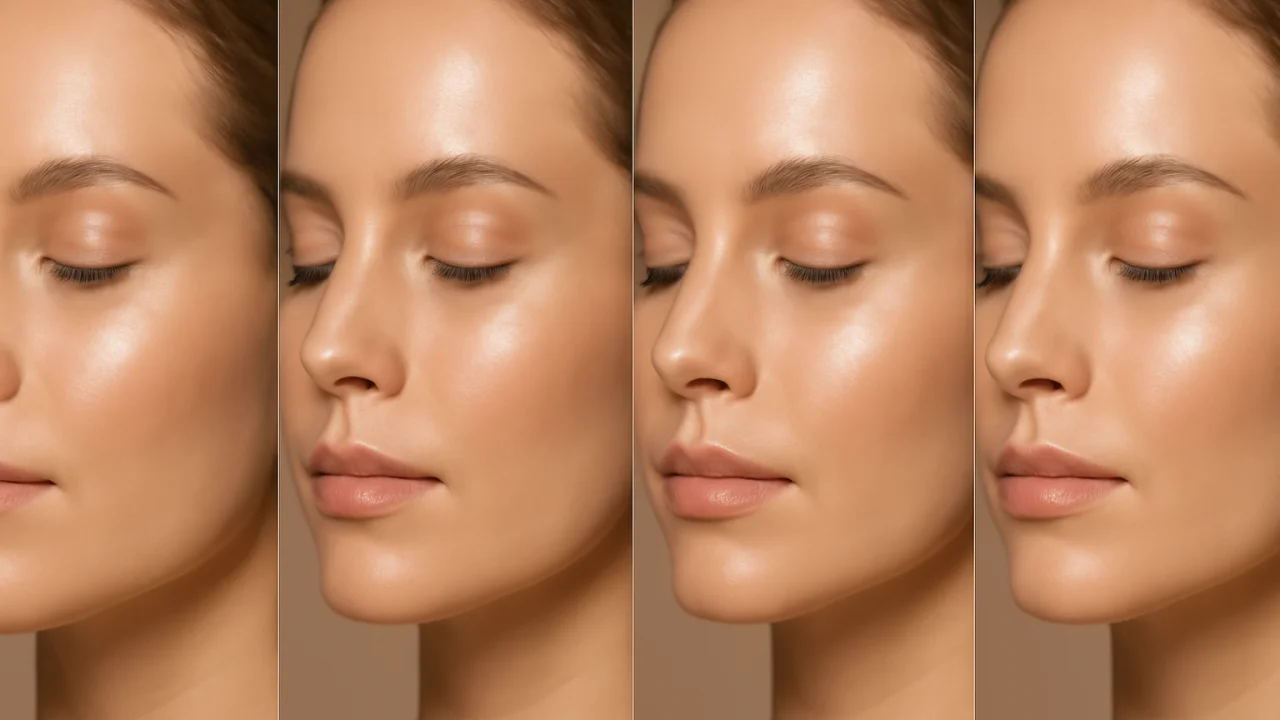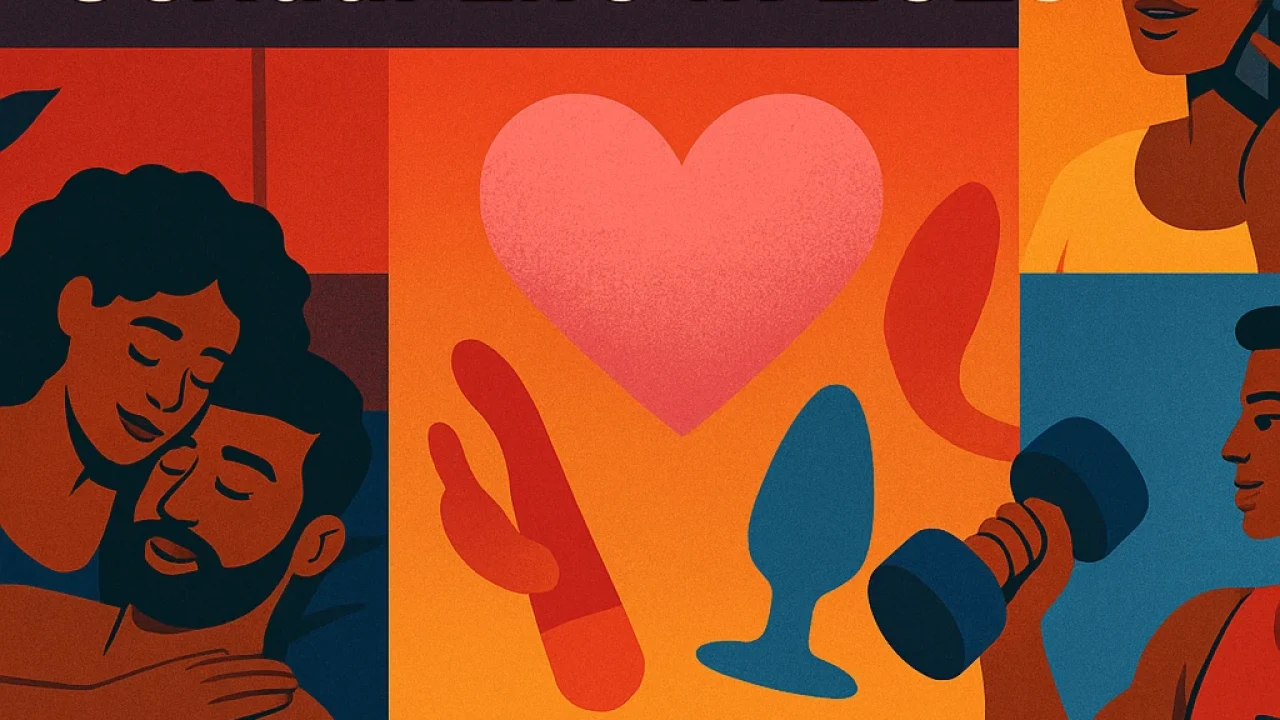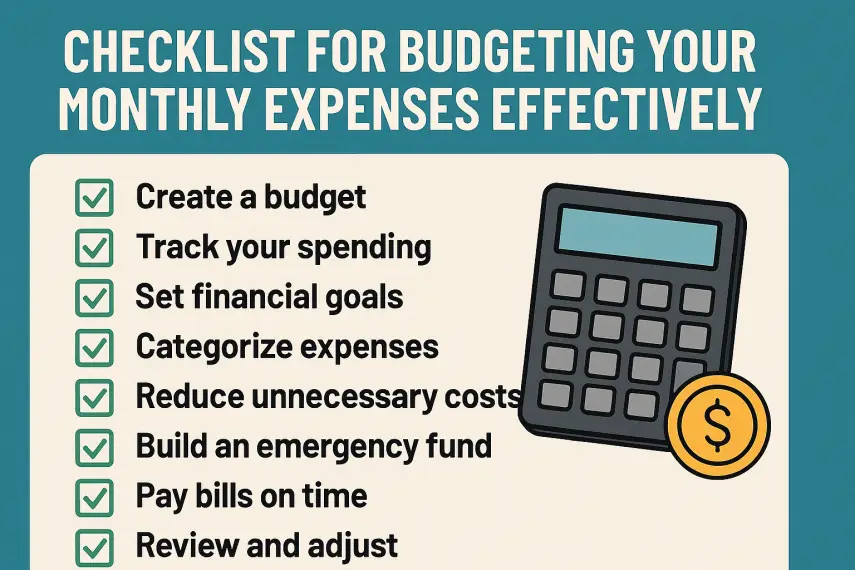
Ultimate Guide to Highlights: Techniques, Trends, and Care Tips for Stunning Hair
📑 Contents
Ultimate Guide to Highlights: Techniques, Trends, and Care Tips for Stunning Hair
Highlights are a timeless and versatile way to add dimension, brightness, and personality to your hair. Whether you want subtle sun-kissed strands or bold, face-framing pops of color, highlights can transform your look without a full dye job. In this guide, we’ll explore the most popular highlighting techniques, current trends, maintenance tips, and everything else you need to know to achieve (and maintain) gorgeous highlights.
What Are Highlights?

Highlights refer to sections of hair that are lightened to create contrast and dimension. Unlike a single-process color, highlights focus on select strands, often using foils or other methods to isolate hair for a multi-tonal effect. Highlights can be subtle or dramatic, natural-looking or fashion-forward, depending on the technique and shade chosen.
Popular Highlighting Techniques

There are several ways to add highlights to your hair, each offering a unique look. Here are the most widely used techniques:
1. Foil Highlights
This traditional method involves sectioning the hair and applying lightener to strands, which are then wrapped in foil. Foil highlights allow for precise placement and are ideal for those seeking noticeable contrast or lighter ends.
2. Balayage
Balayage is a French technique where color is hand-painted onto the hair for a soft, natural gradient. This creates a sun-kissed effect with less noticeable regrowth, making it a low-maintenance favorite.
3. Babylights
Babylights mimic the subtle, dimensional highlights seen in children’s hair. This technique uses very fine sections and minimal lightener to create a delicate, natural look.
4. Ombre and Sombre
Ombre involves a gradual transition from darker roots to lighter ends, while sombre (soft ombre) is a subtler version with less contrast between shades. Both are popular for their dramatic, yet wearable, results.
5. Chunky Highlights
Making a comeback from the early 2000s, chunky highlights use thicker sections of hair for a bold, statement effect. These are often paired with contrasting colors for maximum impact.
Highlight Trends for 2024

Highlighting techniques and trends evolve constantly. Here are some of the hottest highlight styles for 2024:
- Face-Framing Highlights: Lighter strands around the face to brighten and accentuate features.
- Money Piece: A bold, lighter section at the front for a high-impact look.
- Root Smudge: Blending roots with a darker shade for a softer grow-out.
- Pastel and Fashion Colors: Incorporating pinks, blues, or lilacs into highlights for a playful twist.
- Reverse Balayage: Adding darker tones to previously lightened hair for depth and dimension.
Choosing the Right Highlights for Your Hair Type
Your hair type, color, and lifestyle all influence the best highlight technique for you. Here’s a breakdown to help you decide:
| Hair Type | Recommended Highlight Technique | Best For |
|---|---|---|
| Straight | Foils, Babylights | Defined, visible contrast |
| Wavy | Balayage, Ombre | Natural, blended results |
| Curly | Hand-painted Balayage | Emphasizing curl pattern |
| Thick | Chunky Highlights, Balayage | Bold dimension, volume |
| Fine | Babylights, Subtle Foils | Soft, natural lift |
Pros and Cons of Getting Highlights
Before booking your appointment, it’s important to weigh the benefits and drawbacks of highlights:
Pros
- Adds dimension and depth to hair
- Brightens complexion and frames the face
- Less damaging than all-over coloring
- Customizable to suit any style or personality
- Lower maintenance options available (e.g., balayage)
Cons
- Can cause dryness or damage if over-processed
- May require regular touch-ups to maintain look
- Not suitable for all hair conditions (e.g., very damaged hair)
- Cost varies widely based on technique and salon
How to Care for Highlighted Hair
Proper aftercare is essential to keep your highlights vibrant and your hair healthy. Follow these tips for the best results:
1. Use Color-Safe Shampoo and Conditioner
Choose sulfate-free and color-protecting products to help preserve the tone and integrity of your highlights.
2. Limit Heat Styling
Excessive heat can fade color and cause dryness. Always use a heat protectant and try air-drying when possible.
3. Deep Condition Regularly
Weekly deep conditioning treatments or hair masks can replenish moisture and prevent breakage.
4. Protect from Sun and Chlorine
UV rays and pool chemicals can strip color. Wear a hat outdoors and rinse hair before and after swimming.
5. Schedule Regular Toners and Trims
Toning treatments help neutralize brassiness, while trims keep ends healthy and prevent split ends from spreading.
DIY Highlights vs. Professional Services
While at-home highlighting kits are widely available, professional services generally yield the safest and most flattering results. Here’s how they compare:
- DIY Kits: Affordable and convenient, but risk uneven color, damage, or unwanted tones.
- Professional Services: Customized to your hair type and desired result, with expert application and aftercare advice.
If you’re new to highlights or want a major change, visiting a reputable salon is highly recommended.
FAQs About Highlights
How often should I touch up my highlights?
Touch-up frequency depends on the technique and your hair growth. Foil highlights may need refreshing every 6–8 weeks, while balayage can last 3–4 months thanks to its blended regrowth.
Can highlights damage my hair?
Any chemical lightening can weaken hair, but modern products and proper aftercare minimize risks. Always consult with a professional, especially if your hair is already compromised.
Are highlights suitable for all hair colors?
Yes! Highlights can be tailored for blondes, brunettes, redheads, and even those with black hair. The key is choosing complementary shades for a natural or bold effect.
What’s the difference between highlights and lowlights?
Highlights lighten sections of hair, while lowlights add darker tones for depth and contrast. Many styles combine both for a multi-dimensional look.
How can I prevent my highlights from turning brassy?
Use purple shampoo for blonde highlights, avoid excessive sun exposure, and schedule toning treatments as needed to keep unwanted warm tones at bay.
Summary
Highlights are a fantastic way to refresh your look, add dimension, and express your personal style. With a variety of techniques and trends to choose from, there’s a perfect highlight for every hair type and lifestyle. Remember to care for your highlighted hair with gentle products, limit heat styling, and consult a professional for the best results. Whether you opt for subtle babylights or bold face-framing streaks, the right highlights can transform your hair and boost your confidence.











